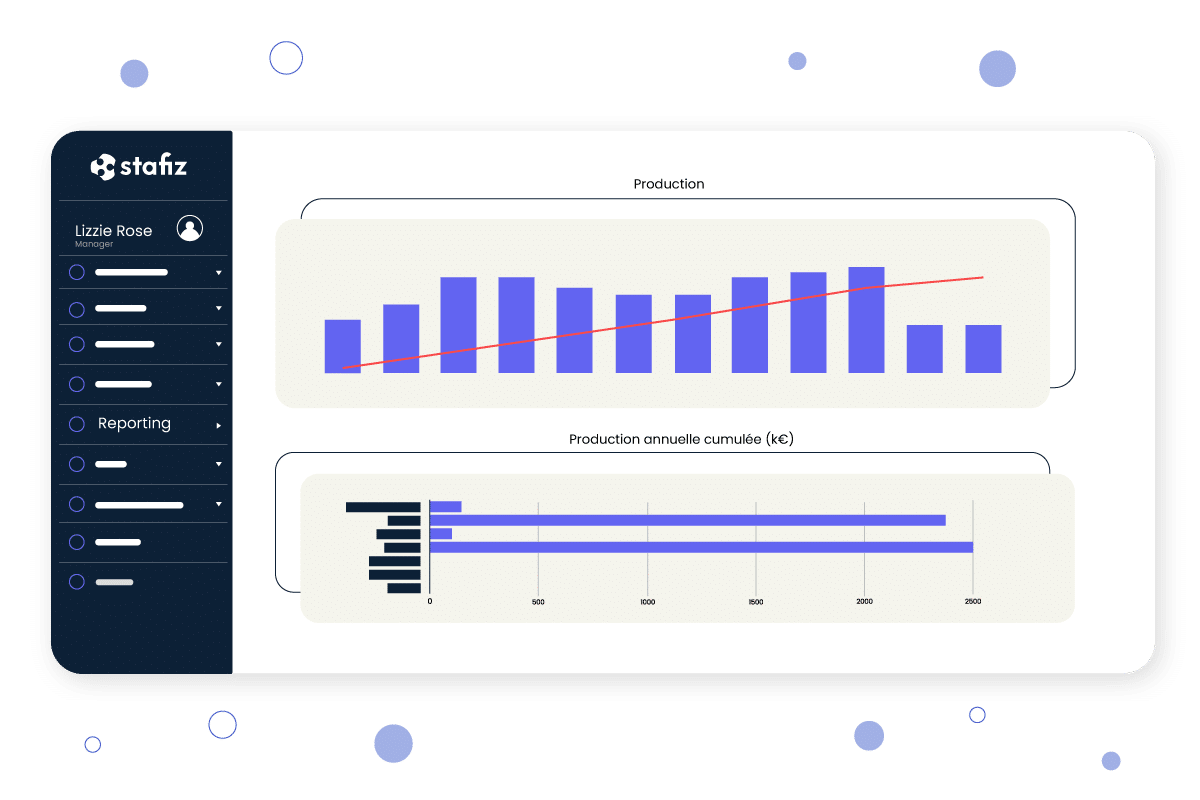Best practices for an effective steering committee

The steering committee is to the company what the council of war is to the army. Particularly strategic, it represents an essential step for large-scale projects because it will allow you to define the strategy to be adopted to ensure the success of the project.
But then, what are the real objectives of a steering committee ? Its challenges? Above all, how do you set up a committee that is both effective and impactful? In this article, we present the best practices for setting up a successful steering committee.
Steering committee: definition
✏️ Synonyms: copil, steerco, steering committee
Also called COPIL or steering committee, the steering committee is a series of meetings generally organized for complex projects, i.e. with many interlocutors and interdependencies.
A cross-functional team called upon at regular intervals
The COPIL brings together a cross-functional team on a regular basis. Responsible for monitoring the progress of the project, the latter arbitrates and makes strategic decisions.
As a result, the steering committee is essential to good project management.
Differentiate between steering committee, project team and project governance
Like project governance , which deals with the overall organization of the company, the steering committee ensures the overall management of a project.
The project team also makes it possible to manage a project, but on a micro scale. The latter deals with the day-to-day operations, while the steering committee involves a strategic dimension.
What is the role of a steering committee?
Present the status of the
The role of a project's steering committee is to monitor and present the progress of the project. Indeed, he ensures that all the elements are in place to achieve the objectives.
In this way, the COPROJ allows for the transparency of information and ensures the alignment of all stakeholders on the project objectives, tasks and deadlines.
Progress monitoring is then necessary, which is when progress reports make it possible to inform all stakeholders. In the event of a discrepancy, the steering committee is used to rectify the discrepancies.
Arbitrating important topics
In fact, the main objective of the steerco is to make strategic decisions on blocking issues. This meeting, which serves to collect the opinions of the various stakeholders, must lead to action; to a concrete solution.
Thus, it is during the steering committee that any changes in strategy will generally take place.
Raising the alert in case of risks
Project risks remain inevitable and the steering committee, by allowing regular monitoring of the project, alerts in the event of deadlines, budgets, or any other risk threatening its success.
In the event of an alert, the COPIL must then measure the probability of these risks occurring and anticipate solutions.
What are the challenges of a COPIL?
Determine the strategic direction of the project
The steering committee aligns the project's objectives with the company's strategy. This may sometimes require action on subjects such as:
- the mobilization of a new project budget,
- recruitment or resource modification,
- the postponement or even cancellation of certain deadlines.
Provide support to the project manager
In charge of the smooth running of the project, the project manager does not fully bear the mental load of its success. The steering committee makes it possible to share the decision-making burden with other, generally experienced, profiles.
They will be able to bring their perspective and experience to unblock complex situations, as well as help set up a well-thought-out risk management to anticipate solutions.
Keeping the project on track
The steerco also makes it possible to monitor the execution of missions. This helps prevent project drift and ensures that all elements align in order to achieve the goals. In addition, the COPIL provides an opportunity to take stock of the deliverables expected and ready to be delivered.
In the event of deviations or difficulties, such as significant delays or changes to deliverables, the steering committee can influence the allocation of resources, the scope of the scope, or even opt to abandon the project.
Define the resources needed to carry out the project
The steering committee is responsible for the optimal allocation of resources, compliance with budgets and deadlines.
If necessary, he can act on the allocation and planning of resources, whether financial, human or material.
Establish transparent communication
Finally, the steerco must guarantee good communication between all the stakeholders of the project. The steering committee thus ensures that it is regular and transparent, while offering a homogeneous level of information.
Regular and clear reporting must be established. Synthetic, insightful reporting after each meeting ensures alignment for all participants by:
- a summary of the important points,
- advancement,
- the problems encountered,
- decisions made.
A technical committee (COTECH) focuses on the technical aspects of the project while the COPIL focuses on strategic decisions.
The technical committee allows:
- to guarantee the technical coherence of the project,
- analyse the technical solutions proposed,
- study the feasibility,
- to give technical recommendations,
- Anticipate design issues.
These elements can then be reported at the COPIL.
A management committee (CODIR) is generally composed of the director general or the president as well as the directors of the various departments. Its role is to:
- define the company's overall strategy,
- Track performance and profitability.
Unlike the steering committee, which only concerns a specific project, the management committee takes into account all of the company's activities, from finance to marketing and HR.
The steering committee (COPIL) must face the same types of challenges, but at the level of a project. In both the management committee and the steering committee, decisions must be taken to guide the strategy.



